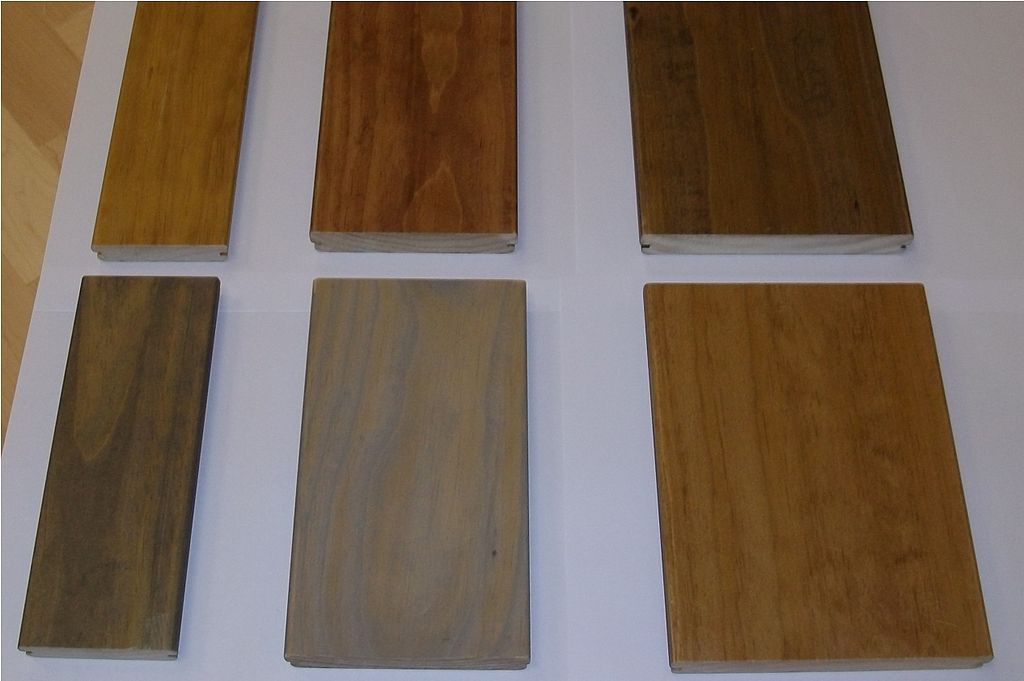
Poplar may technically be classified as a hardwood, yet its low resilience makes it susceptible to denting and scratching; thus making it unsuitable for heavy construction or furniture-making applications.
Bamboo wood is one of the most frequently used utility woods for producing plywood, crates and pallets, as well as being popularly chosen by DIYers for home trim or molding due to its easy application and competitive costs.
Poplar wood offers many desirable attributes for woodworkers. It is lightweight, takes stain well, and can be found at an economical price point.
Aspen wood is durable and resistant to rot. Additionally, it is simple to machine, glue, and turn; drying quickly without warping is ideal for projects requiring stability; unlike softwoods it withstands impact forces without losing its shape easily.
Tulip Poplar (yellow poplar), is an evergreen tree with trunk diameters up to eight feet that reaches 160ft in height. Distinguished by tulip-shaped leaves and fragrant flowers that give this species its name, its wood is widely used for furniture, pallets, crates, paper and plywood production, musical instrument making and creating balanced tones in musical instruments due to its balanced tone quality. Poplar boasts a Janka rating of 480 and soft texture making it more environmentally-friendly than pine. Additionally it absorbs carbon in its growth cycle while combatting climate change during its growth cycle as it absorbs carbon through absorption processes which helps combat climate change during its growth cycle by helping fight climate change through absorption by absorption into its soil or roots!
Poplar wood features a light brown to yellowish color with white sapwood and fine uniform texture, and can be easily worked by both hand and machine tools. Cutting, drying, and planing processes are quick. Thanks to its straight grain pattern that takes stain exceptionally well - Poplar can even be stained to look like other species! However, staining should be undertaken carefully because this material tends to absorb and discolor irregularly when stained with pigments such as dyes.
Poplar woodworking projects often go overlooked when pine and oak are more commonly chosen; however, poplar can make for an excellent solution when weight is no object. Due to its low Janka hardness and density, poplar dents easily, so care must be taken during cutting to reduce tear out. However, because staining doesn't take well and mimicking more expensive woods may prove challenging; with proper preparation and use however it can make a beautiful alternative!
Poplar wood is a soft material suitable for many projects. As a deciduous tree, its wood has lighter colors and finer textures than many hardwoods; making it an excellent choice for interior furniture components like web frames and drawer sides.
Wood is an easy material to machine, cut, glue, plane and turn. Its smooth surface absorbs paint, enamel and stain well and dries quickly without splitting when nailing it to surfaces without splitting or cracking - as well as being light weight yet stable enough to withstand bending or impact.
This utility wood is often utilized in furniture frames, dimensional stock, painted cabinetry panels and doors as well as pallets, plywood paper crates and picture frames. With a Janka rating of 540 and tastelessness being guaranteed odourless and tasteless. Sandpapering with up to 600 grits allows the wood to be finished off for increased durability when oil or varnish coating are added for lasting use.
Poplar wood (tulip tree wood) is used to construct various products like doors, furniture frames, pallets, plywood and painted cabinetry. This versatile wood is an economical and weight-conscious choice, making it the ideal material for furniture makers seeking cost and weight reduction without compromising on quality. Furthermore, it has become increasingly popular as house trim and millwork material in high-end residential properties.
Wood is one of the easiest materials to work with; it cuts, sands and glues well; takes nails without splintering; and it makes an excellent material choice for furniture pieces that come into frequent contact with human (and animal) bodies.
Poplar lumber isn't strong enough to withstand constant wear and tear without treatment, so before use it must be painted or stained for added durability and protection from denting and scratching. Furthermore, finishing provides additional benefits by hiding flaws that could otherwise result in costly repairs down the line.
Thank you for reading our article on the question "Is Poplar a Hardwood?" We hope that we were able to shed some light on this popular debate in the woodworking community. If you want to learn more about this topic and dive deeper into the characteristics of poplar as a hardwood, we invite you to check out our in-depth analysis on archidrenaline.com. Happy woodworking!
Immerse yourself in architecture’s most boundary-pushing ideas—where innovative home improvements meet visionary urban developments. Discover new building techniques, materials, and creative concepts that are redefining how we shape our spaces on a global scale.